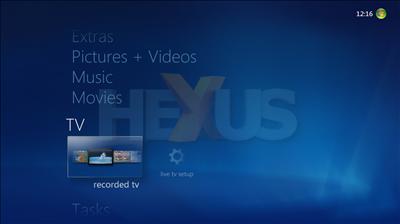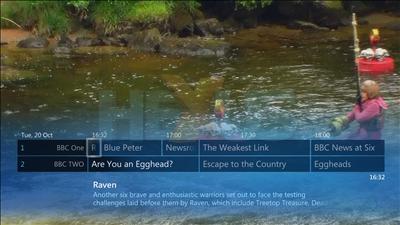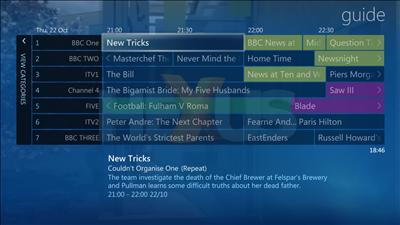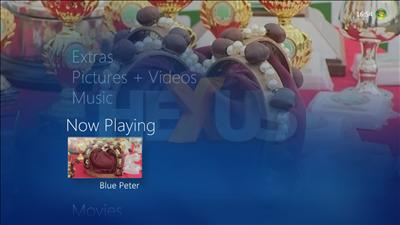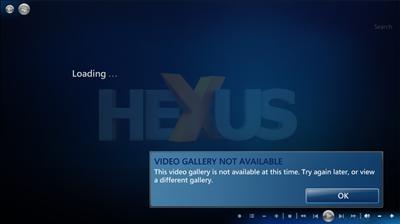The ultimate DVR?
Install a TV tuner into a Windows 7 system - or, up to four if you prefer - and you open the door for DVR functionality at your PC.
Setup is relatively straight forward but largely dependent upon region and TV tuner type. Our test system, a self-built HTPC with a 64-bit install of Windows 7 Home Premium, features a 2.66GHz Intel Core 2 Duo E6750 processor, 4GB of Corsair DDR2 memory, ATI Radeon HD 4670 graphics and a BlackGold GDI3520 Dual DVB-T tuner.
Windows 7 doesn't find drivers for the BlackGold tuner, but 64-bit drivers are available from the BlackGold website. To our surprise, the card - which barely functioned in Windows Vista - works flawlessly in 7.
A scan of channels found all the available Freeview services, and with 7 incorporating functionality from Vista's OEM-only TV Pack, there's full support for MHEG-5 services such as "red-button" interactive and digital text.
Users can create lists of favourite channels or alternatively re-arrange or delete individual channels as they see fit, and the pop-up mini-guide allows for easy scanning of what else is coming up without missing your current show.
The full-on guide, viewable as on overlay atop of your now-playing media, is similarly both useful and easy on the eye. It's possible to search for specific programmes or filter by programme type, and Media Center's guide can be configured to colour-code programmes of certain genres (as shown above).
Should the user be equipped with an HD tuner, HD programmes would be indicated by a logo.
Recording is as simple as, say, Sky+, and there's full support for series link. The advantage here, of course, is that storage capacity is easily expandable with the addition of extra hard drives. Readers should be aware, however, that Windows 7's Media Center records in the .wtv format and these files won't playback on Windows XP or Windows Vista without being converted first. If you're bringing your XP or Vista-based recordings with you, DVR-MS files will playback on 7 without a problem.
Whatever you're currently watching will continue to play in the background, letting you freely roam the menu without missing a beat. And did we mention it looks gorgeous?
We're clearly smitten by Media Center, but it isn't without its flaws. Internet TV has long been touted by Microsoft as a technology ready for the mainstream, but, at the time of writing, try telling that to UK users who are currently greeted with this error when trying to retrieve web-based TV content.
It's a better scenario for our U.S. counterparts, who are treated to a range of Internet TV sources and Netflix, too, but we'd like to see more content in this part of the world. Built-in support for the BBC iPlayer, for example, would be a major addition, but things are now beginning to look up for Internet content; Sky announced that it will integrate Sky Player through a special Media Center interface.
Yet, despite all that's good about Windows Media Center, it somehow finds itself rooted into a system that could be deemed as ultimately flawed. In its current form, Windows Media Center works best with a PC connected to a TV. PCs in the living room aren't catching on, and with desktop sales falling in favour of notebooks, it's hard to see living-room PCs ever becoming mainstream.
Furthermore, users are becoming increasingly energy-conscious, and the thought of running a PC-based DVR every hour of every day won't appeal to many. There are also the foibles of PC usage to deal with - who knows when an automatic update might break a once-working system, and there's always that lingering doubt; will my PC wake back up if I put it to sleep?
As a standalone solution, Windows Media Center is good - no, in fact, it's excellent. But with its roots firmly entrenched in the PC environment, it's likely to remain a somewhat niche solution until a greater number of Internet TV sources are rolled in.
HEXUS: Windows 7 review index |
||||||






